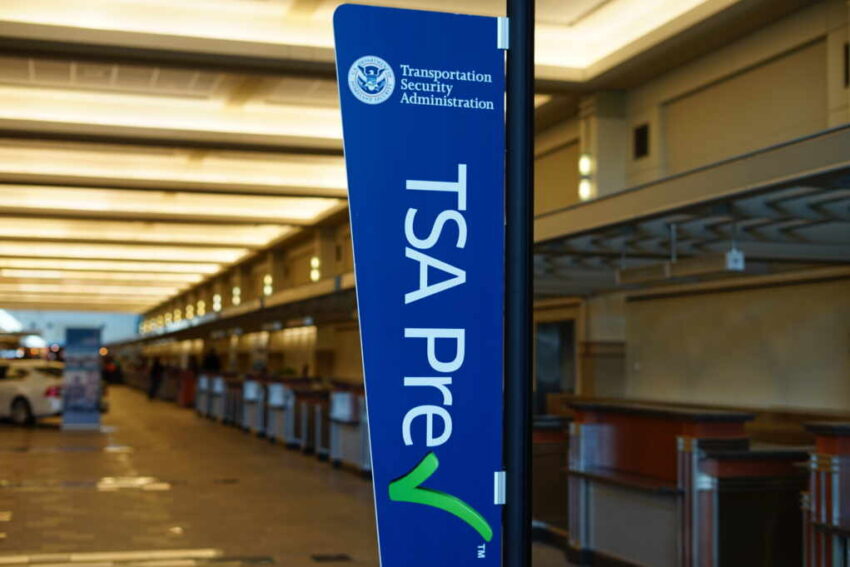Airport passengers no longer need to remove their shoes during routine TSA screenings, ending a 19-year post-9/11 security ritual and raising urgent questions about traveler safety and oversight.
At a Glance
- TSA has ended mandatory shoe removal at most general screening lanes.
- The change began rolling out nationwide starting Sunday.
- Passengers must still remove shoes if alarms are triggered.
- The rule change does not affect TSA PreCheck, which already exempts footwear removal.
- The original policy was implemented after a failed shoe bomb plot in 2001.
A Bomb Legacy Retired
In a stunning and largely unannounced reversal, the Transportation Security Administration has quietly retired one of its most visible post-9/11 policies: mandatory shoe removal. Starting this week, travelers in standard screening lanes at airports including Baltimore-Washington International, Fort Lauderdale, Cincinnati, and several others are being ushered through with shoes on.
The reversal comes nearly two decades after British terrorist Richard Reid’s failed attempt to detonate explosives hidden in his shoes aboard American Airlines Flight 63 in 2001. The incident led to a sweeping footwear policy enacted in 2006, turning millions of travelers into barefoot screeners for nearly 20 years.
Watch a report: TSA Ends Shoe Removal Policy at Airports.
Tech Over Trust?
TSA officials claim the change is made possible by evolving detection technology. According to an internal directive first reported by ABC7 Chicago, standard lanes will now allow shoes to stay on—unless a body scanner or X-ray system is triggered. This means the familiar bins lined with sandals, sneakers, and stilettos may soon disappear—unless you’re pulled for secondary screening.
Major hubs including LAX and LaGuardia have also confirmed implementation, with the TSA stating this is part of a modernization initiative to improve passenger flow without compromising safety.
Still, not everyone is convinced. Aviation security experts warn that while machines have improved, the absence of routine visual and tactile shoe inspections could create gaps. “It only takes one missed anomaly,” noted a former DHS analyst cited by NBC Chicago.
A Risky Bet on Speed
This latest policy rollback is seen as part of a broader push to eliminate high-friction checkpoint procedures. Already, facial recognition trials and automated bag checks are gaining traction nationwide. According to Axios, DHS is pursuing “passenger-centric” models intended to speed boarding and reduce bottlenecks.
But in stripping away legacy protections—especially without public debate—the TSA may be setting itself up for both logistical and political blowback. One aviation watchdog described the abrupt change as “policy by fatigue,” a quiet surrender to public impatience rather than an outcome of proven safety gains.
For now, the next time you head to the airport, keep your shoes on—but keep your eyes open.
Click this link for the original source of this article.
Author: Editor
This content is courtesy of, and owned and copyrighted by, https://thecongressionalinsider.com and its author. This content is made available by use of the public RSS feed offered by the host site and is used for educational purposes only. If you are the author or represent the host site and would like this content removed now and in the future, please contact USSANews.com using the email address in the Contact page found in the website menu.








